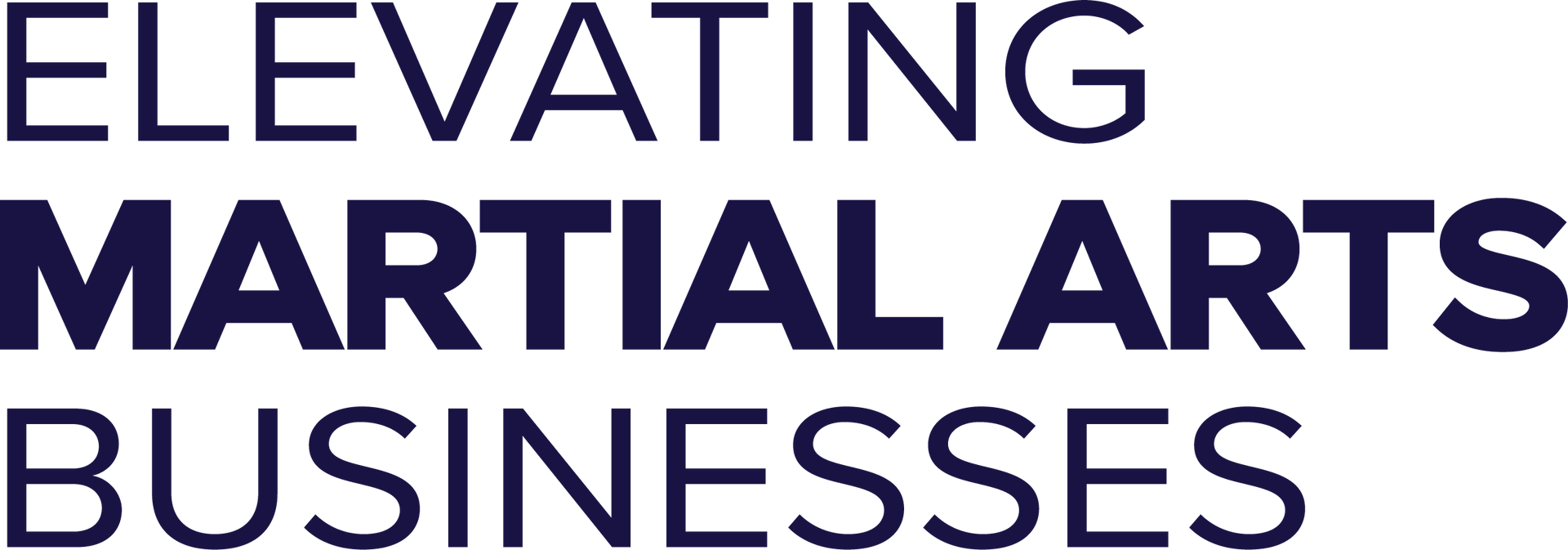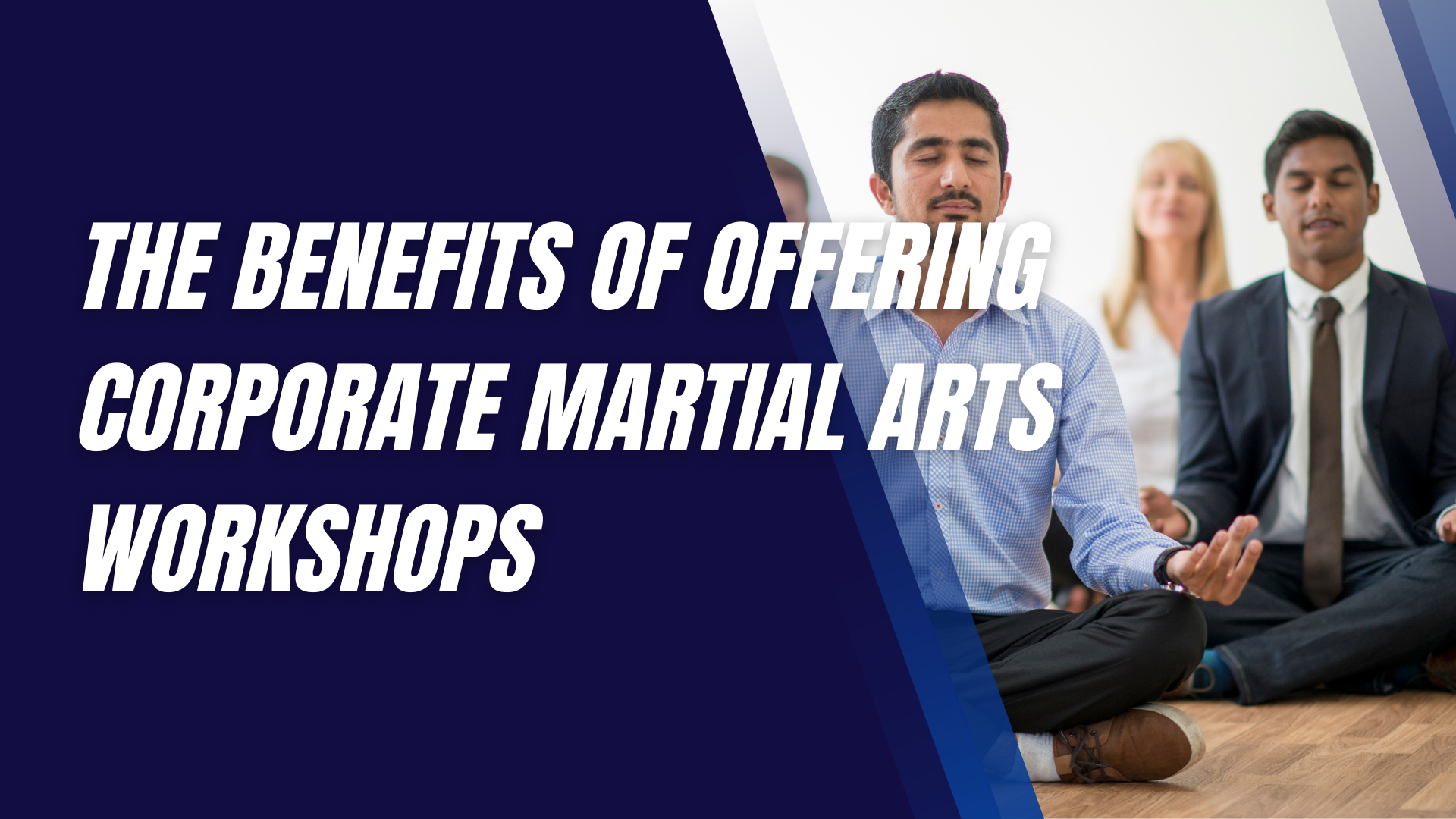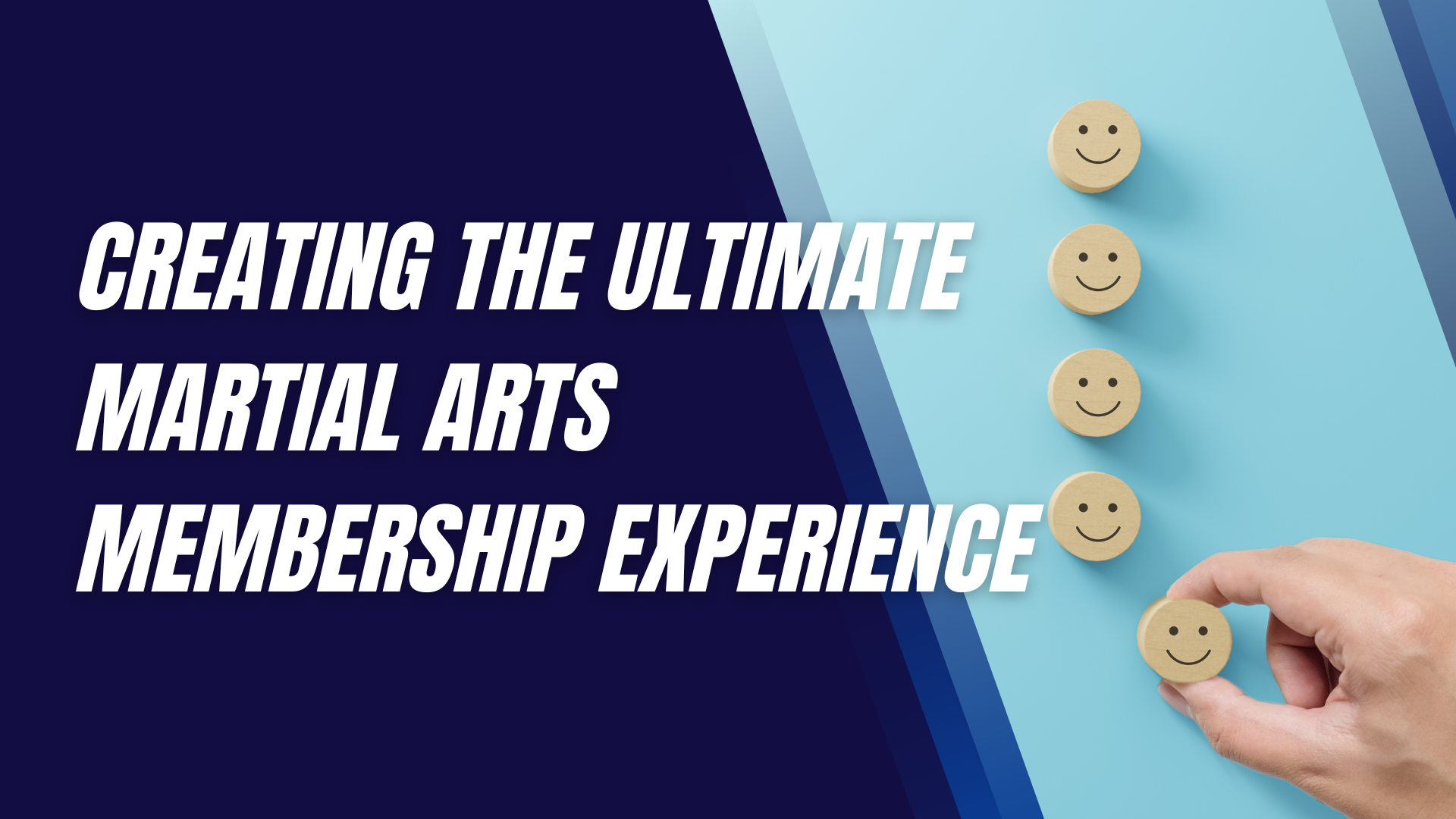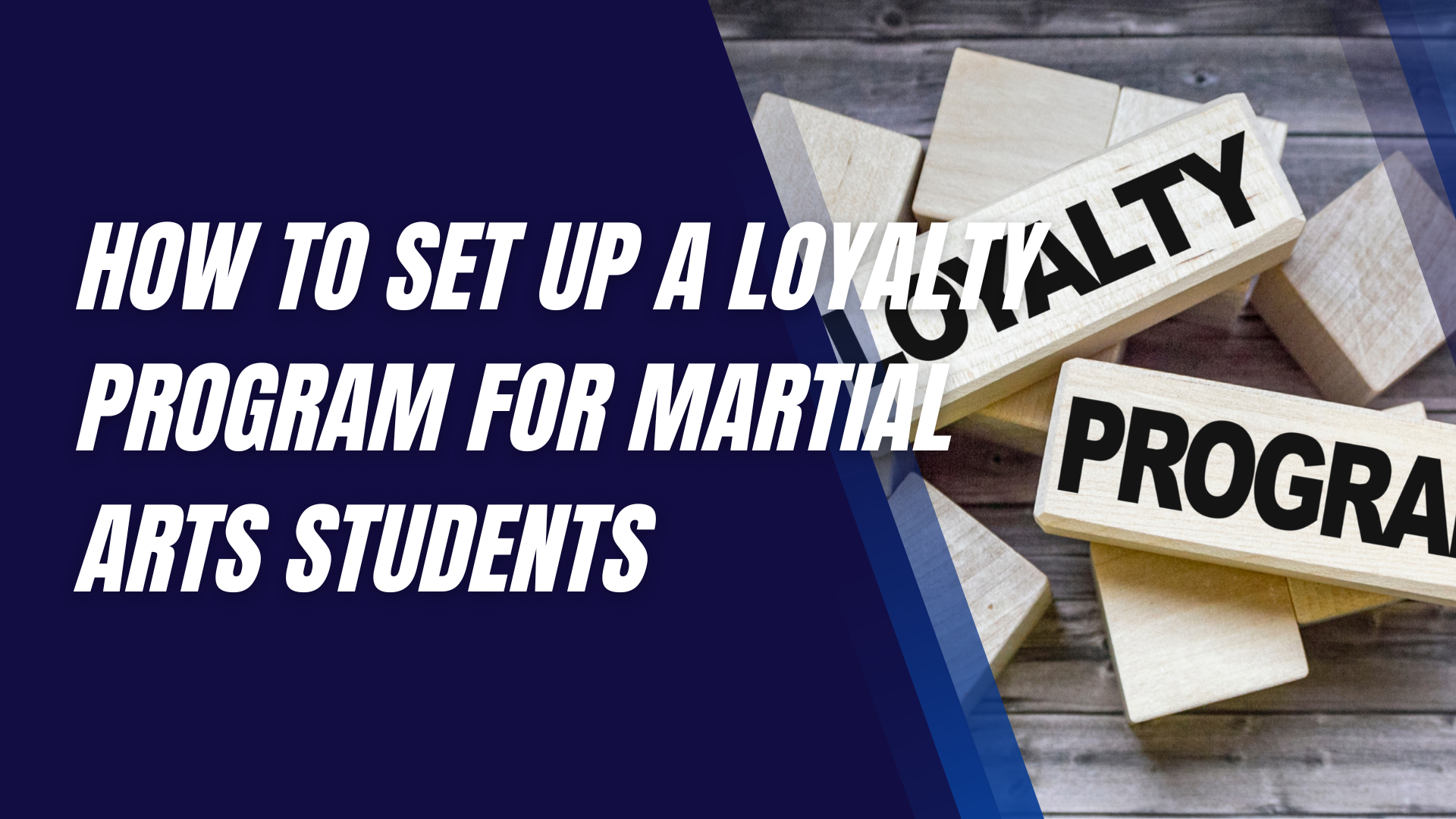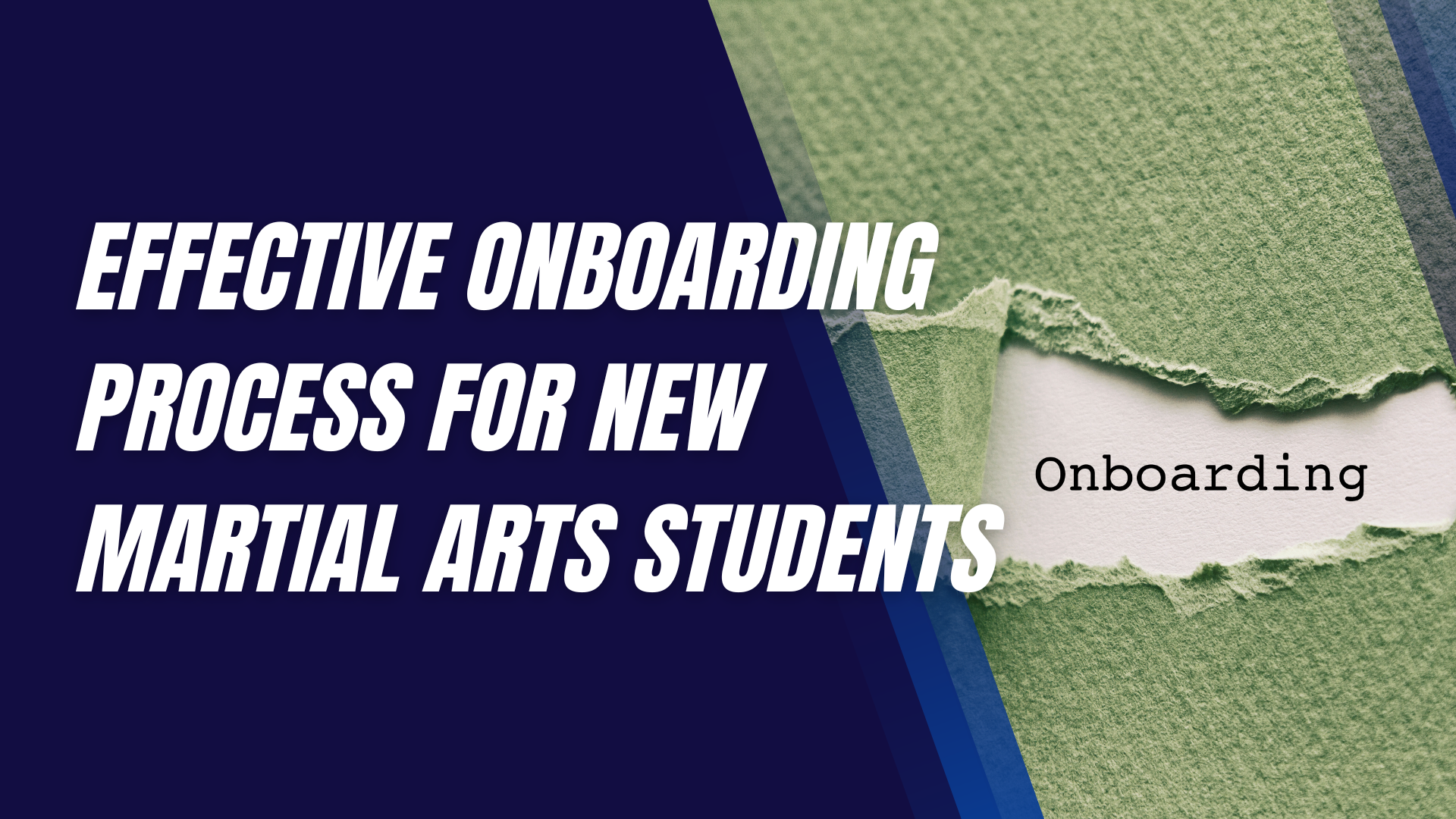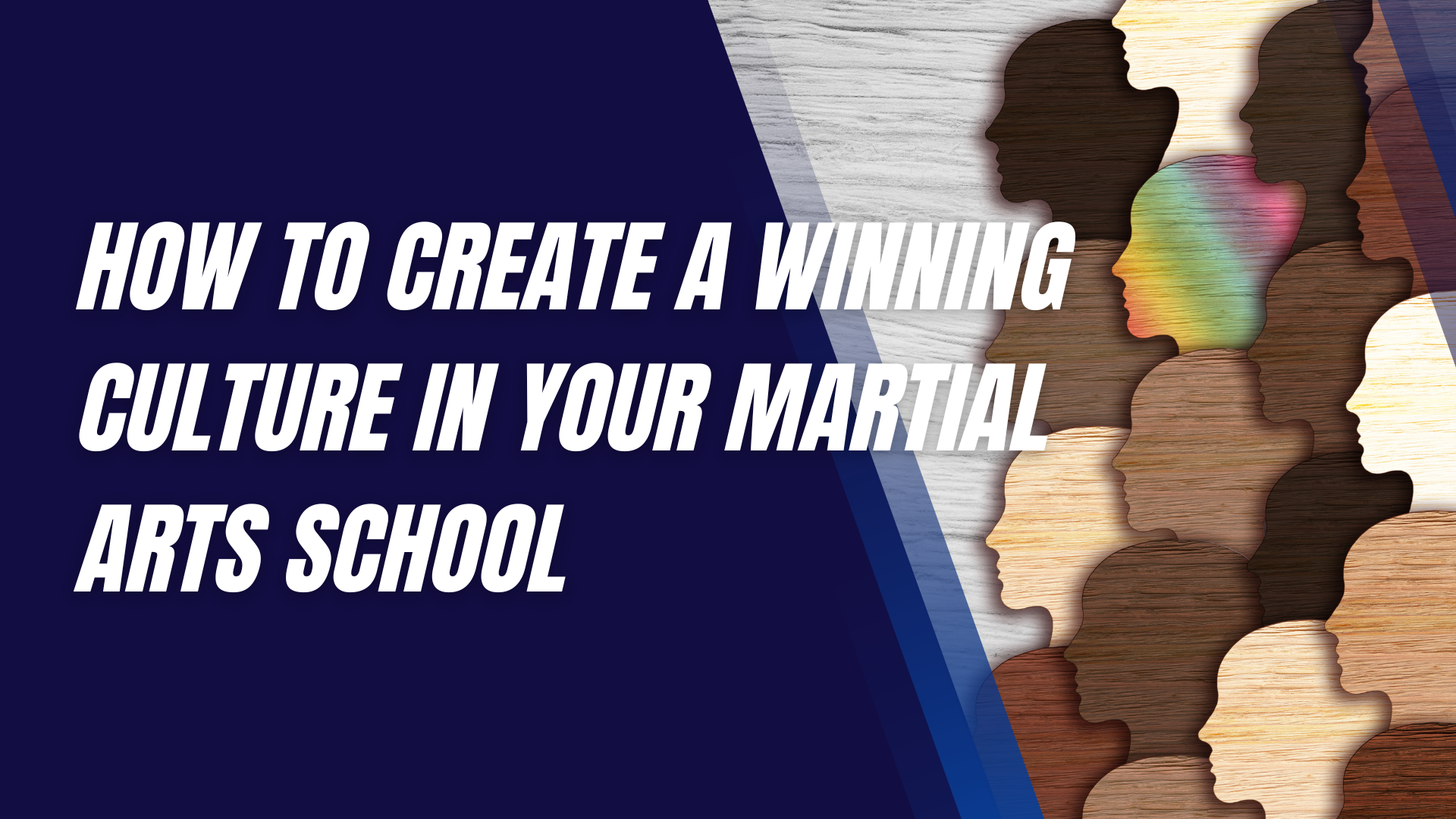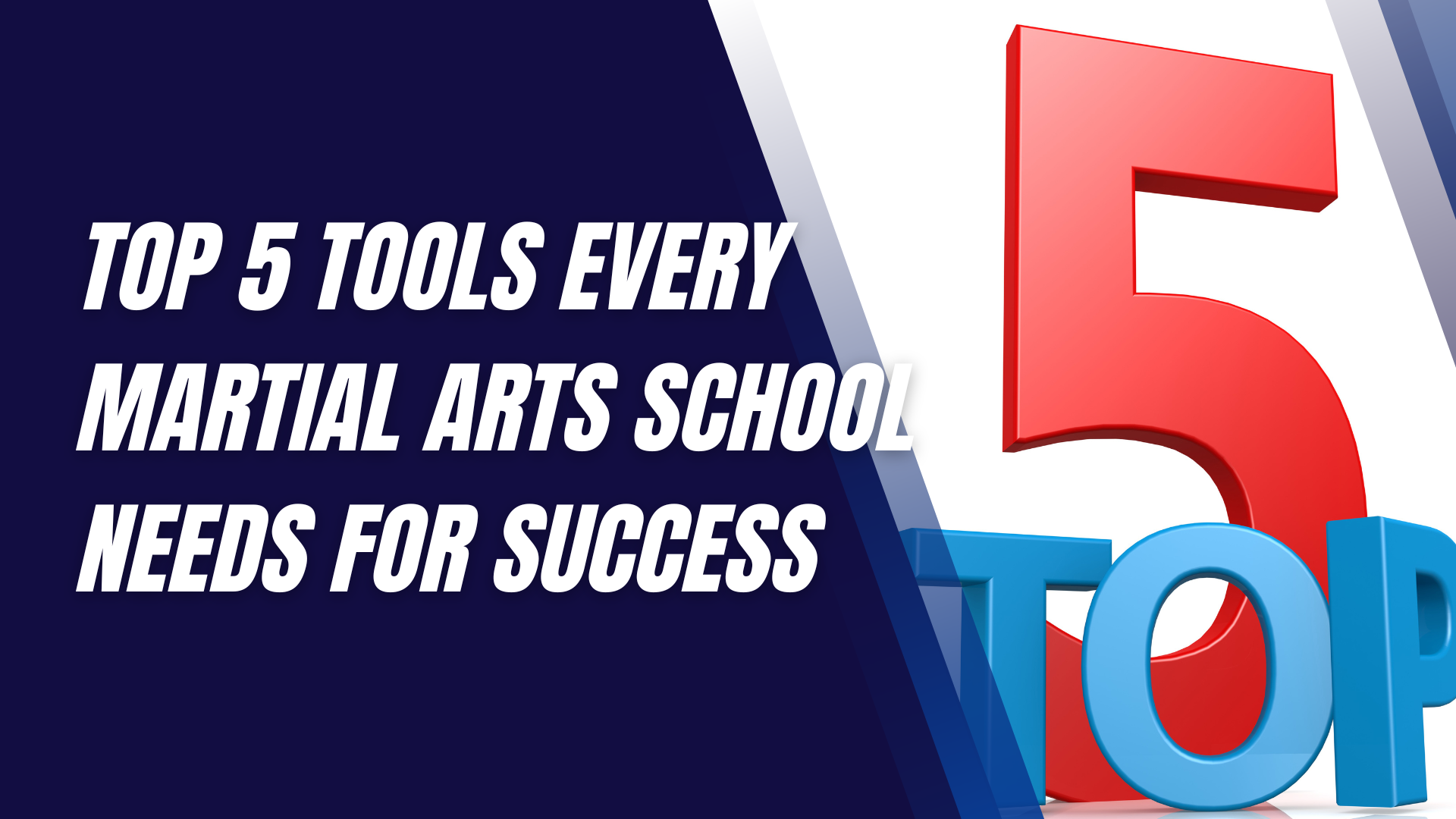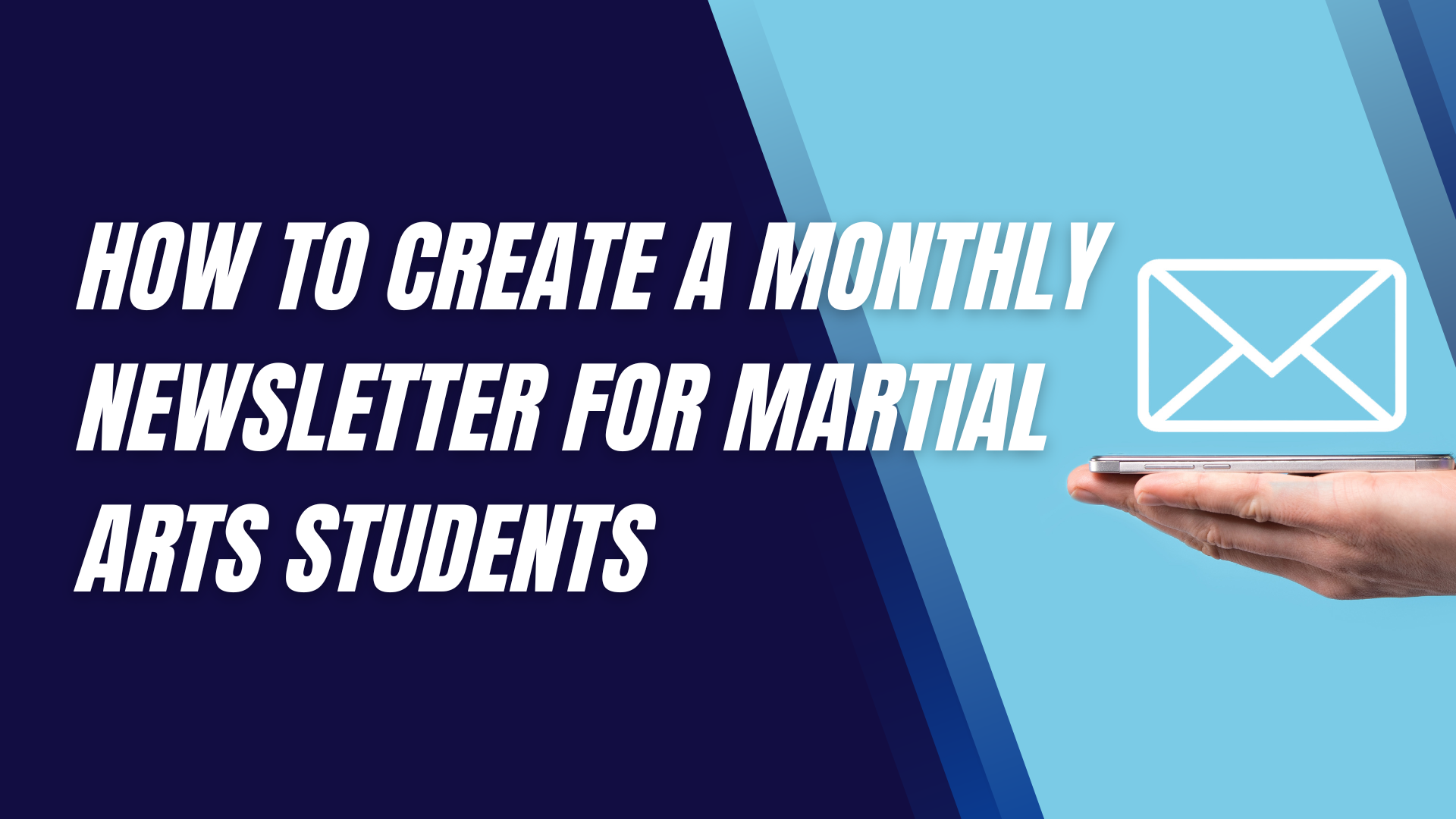The Impact of Colonialism on Native Martial Arts Practices
Colonialism, the practice of acquiring full or partial political control over another country, exploiting it economically, and imposing cultural norms and practices, had far-reaching impacts on native traditions worldwide.
Among these, the suppression and transformation of indigenous martial arts practices stand out. Native martial arts were not just fighting techniques but integral parts of cultural identity, spirituality, and social structures.
Historical Context of Colonialism
The era of colonialism spanned several centuries, with European powers like Britain, Spain, France, and Portugal establishing vast empires across Asia, Africa, and the Americas. The primary objectives of these colonial endeavors were economic gain, territorial expansion, and the spread of cultural and religious ideologies. Methods included military conquest, coercion, and the establishment of colonial administrations.
Indigenous Martial Arts Before Colonization
Before the arrival of colonizers, native martial arts flourished as part of cultural rituals, community defense mechanisms, and physical conditioning. These practices were deeply embedded in the daily lives and spiritual beliefs of the people. Techniques varied widely, from the fluid movements of Silat in Southeast Asia to the disciplined forms of Nguni stick fighting in Africa.
The Onset of Colonial Rule
The initial encounters between colonizers and indigenous peoples often involved violent conflicts, during which the native martial arts played a crucial role. However, as colonial rule solidified, these practices were increasingly viewed as threats to the new authorities. Early impacts included the disruption of traditional training and the suppression of martial arts schools.
Suppression of Native Martial Arts
Colonial administrations implemented various strategies to suppress indigenous martial arts. Legal prohibitions banned public displays and training, while cultural assimilation policies aimed to erase native identities. For instance, the British colonial government in India banned the practice of Kalaripayattu, an ancient martial art, viewing it as a potential source of rebellion.
Adaptation and Resistance
Despite these challenges, native martial arts practitioners found ways to adapt and resist. Secret training sessions and underground schools emerged, ensuring the transmission of techniques and traditions. In some regions, elements of colonial combat methods were incorporated into indigenous practices, creating hybrid forms of martial arts. These acts of defiance symbolized the resilience and ingenuity of the native populations.
Case Study: Southeast Asia
In Southeast Asia, martial arts like Silat in Malaysia and Indonesia, and Krabi-Krabong in Thailand, faced significant challenges under colonial rule. Practitioners often went underground to preserve their art. The Filipino martial arts, known for their stick and blade fighting techniques, also saw a fusion of native and Spanish combat styles during the colonial period.
Case Study: Africa
African martial arts, such as Capoeira in Brazil (which has roots in African slave communities) and Nguni stick fighting in South Africa, demonstrated remarkable resilience. Capoeira evolved as a disguised form of resistance among enslaved Africans, blending dance and combat into a practice that could be performed under the guise of cultural celebration. Ethiopian martial arts, less documented but equally significant, continued to thrive in remote regions away from colonial oversight.
Case Study: The Americas
In the Americas, native martial arts practices like Native American wrestling and Mexican indigenous fighting styles faced suppression yet managed to survive through covert practice and cultural adaptation. These arts were vital for community cohesion and the preservation of cultural identity, even under the oppressive regimes of colonial powers.
Revival Movements
Post-colonial periods witnessed a resurgence in the interest and practice of indigenous martial arts. Efforts to reclaim and revive these traditions were seen as essential to reasserting cultural identity. Governments, non-governmental organizations, and martial arts enthusiasts played crucial roles in promoting and preserving these practices, often through festivals, competitions, and educational programs.
Influence of Modern Globalization
Globalization has had a dual impact on native martial arts. On one hand, it has facilitated the spread and fusion of different martial arts styles, leading to increased visibility and popularity. On the other hand, it has posed challenges in maintaining the authenticity and cultural integrity of these practices. The global martial arts community today includes practitioners who blend traditional techniques with modern training methods.
Cultural Significance Today
Today, indigenous martial arts are celebrated not only for their combat effectiveness but also as cultural treasures. They serve as symbols of heritage and identity, with contemporary practitioners striving to honor their ancestors while adapting to modern contexts. Competitions and festivals provide platforms for showcasing these arts, fostering pride and community spirit.
Challenges and Opportunities
Preserving native martial arts in the modern world involves balancing the need for authenticity with the pressures of commercialization. There are ongoing debates about the role of governments and organizations in safeguarding these traditions. While some argue for strict preservation, others advocate for adaptive practices that ensure survival in a changing world.
Personal Stories of Practitioners
The stories of modern practitioners highlight the enduring spirit and cultural significance of native martial arts. Interviews and anecdotes reveal personal journeys of discovery, resilience, and pride. Inspirational figures, such as masters who have dedicated their lives to teaching and preserving these arts, play a crucial role in their revival and continuity.
Final Thoughts
The impact of colonialism on native martial arts practices was profound and multifaceted. While many traditions faced suppression and transformation, the resilience and adaptability of practitioners ensured their survival. Today, these martial arts continue to thrive, embodying the cultural identity and heritage of indigenous peoples. The future of native martial arts depends on ongoing efforts to preserve and promote these traditions in a respectful and authentic manner.
Interested in trying a martial arts class? Find an affiliated academy anywhere in the country by clicking here.
Have your own martial arts program? Get to know more about what we have to offer at Ground Standard Agency for helping martial arts businesses grow.
Email us at info@groundstandard.com, or call and text us at (732) 907-8920 today to learn how to start growing your own academy, school, dojo, or gym with us as well.
Share this article
